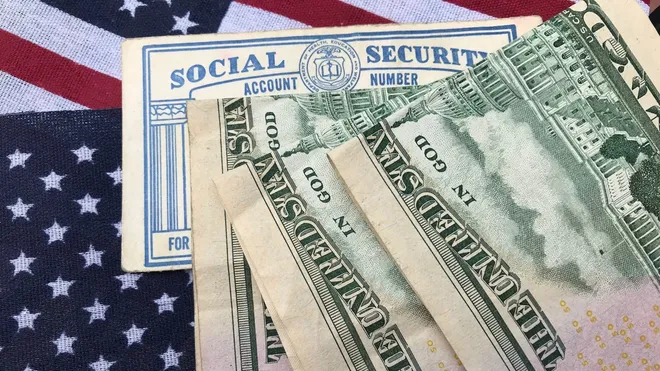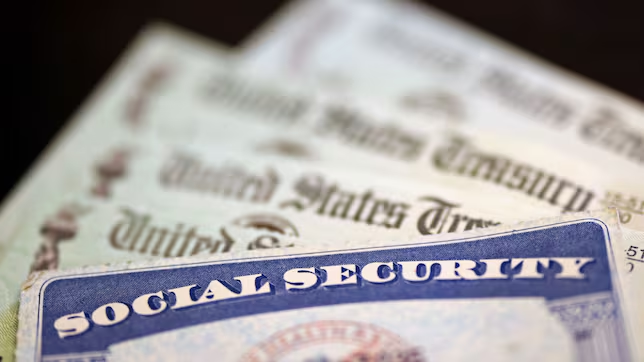Millions of Americans who rely on Supplemental Security Income (SSI) may be surprised to see no payment in June 2025. However, this doesn’t mean their benefits are being cut or eliminated. Instead, it’s a result of a standard Social Security Administration (SSA) scheduling adjustment—a routine practice that happens when the first of the month falls on a weekend or federal holiday.
Why There’s No SSI Payment in June 2025
SSI payments are typically issued on the first day of each month. However, if that day lands on a Saturday, Sunday, or federal holiday, the SSA processes payments on the last business day of the previous month.
In this case, June 1, 2025, falls on a Sunday. As a result, the SSA will issue June’s SSI payments on Friday, May 30, 2025. Because of this early disbursement, there will be no separate payment issued in June—but beneficiaries are not losing out on any money. They are simply receiving their June payment a couple of days earlier.

This change is part of the SSA’s long-standing policy to ensure that payments are not delayed due to non-business days.
This Isn’t the First or Last Time
The situation in June 2025 is not unique. Similar early disbursements happen throughout the year when the first of the month doesn’t fall on a business day. Here are other months affected in 2025:
- March 2025: March 1 is a Saturday; SSI payments will be sent Friday, February 28
- September 2025: September 1 is Labor Day (Monday); payments will be sent Friday, August 29
- January 2026: January 1 is New Year’s Day; payments will go out on Tuesday, December 31, 2025
Despite these timing shifts, SSI recipients will still receive all 12 payments within the calendar year.
Budgeting Challenges and Solutions
For many SSI recipients, especially those with limited income and resources, a shift in payment dates can create confusion or even temporary financial stress. Receiving two payments in one month may give the impression of increased funds, while the following month appears unpaid.
To manage this, financial planners recommend treating the early payment as if it were received in the correct month. Setting up automatic bill payments, using a budgeting app, or simply labeling funds by month can help beneficiaries maintain consistent financial stability.
SSI recipients are encouraged to:
- Monitor their bank accounts closely around the end of May
- Avoid spending the early May 30 payment until June begins
- Use the SSA’s My Social Security account to track future payments
Still Confused? Here’s Where to Get Help
If you’re unsure about your payment or think you’ve missed it, the SSA provides support through:
- Toll-free helpline: 1-800-772-1213 (Monday–Friday, 8 AM–7 PM)
- TTY: 1-800-325-0778 for the hearing impaired
- Online portal: ssa.gov
It’s also helpful to bookmark the Social Security payment schedule for reference and sign up for direct deposit to avoid delays.

Key Takeaway
The absence of an SSI payment in June 2025 is not a sign of benefit loss or policy change. It’s simply a matter of calendar alignment, with the scheduled payment delivered at the end of May instead of the beginning of June.
This scheduling strategy ensures beneficiaries are paid on time, even when the calendar disrupts the usual first-of-the-month disbursement. Understanding these timing shifts helps prevent unnecessary worry and allows for better financial planning.
This article has been carefully fact-checked by our editorial team to ensure accuracy and eliminate any misleading information. We are committed to maintaining the highest standards of integrity in our content.

Deepak Grover is a dedicated content writer at OTE News, specializing in government affairs, public policy, and current events. With a keen eye for detail and a passion for factual reporting, he ensures readers receive accurate and insightful news. Deepak holds a degree in Political Science and has experience in research-driven journalism.
When not writing, he enjoys reading historical books, exploring hiking trails, and staying updated with global political trends. His commitment to ethical journalism makes him a trusted voice at OTE News.




